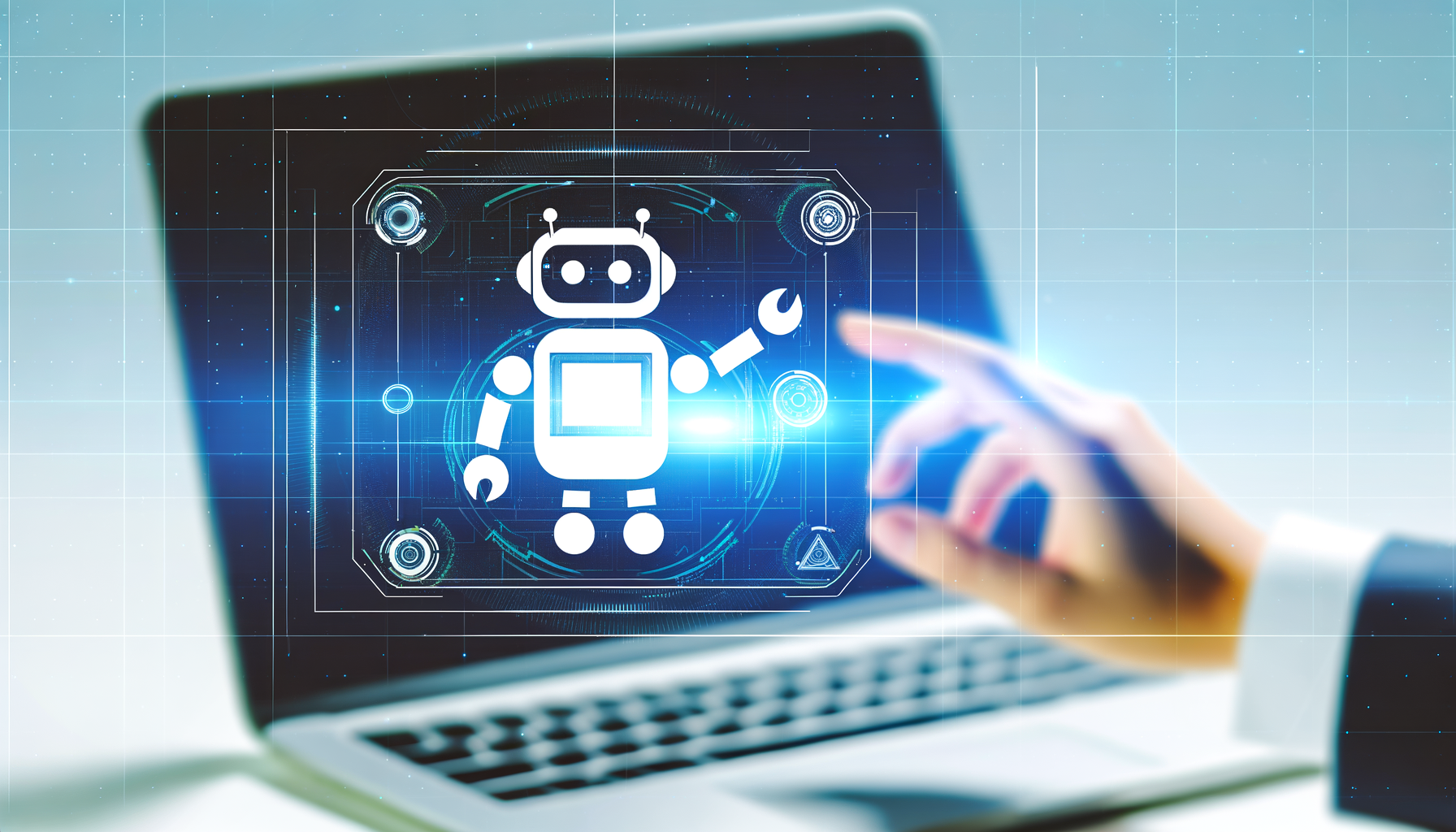Welcome to the future of customer interactions, where chatbots are revolutionizing the way businesses engage with their customers. In this comprehensive guide, we will delve deep into chatbot technology, exploring its evolution, benefits, and the transformative impact it has on customer service. By the end of this guide, you will have a thorough understanding of how chatbots can enhance your business operations and improve customer satisfaction.
Table of Contents
- Introduction
- The Evolution of Chatbot Technology
- How Chatbots Work
- Types of Chatbots
- Benefits of Using Chatbots
- Chatbot Implementation Strategies
- Case Studies and Success Stories
- Future Trends in Chatbot Technology
- Conclusion
Introduction
In today’s fast-paced digital world, businesses are constantly seeking innovative ways to enhance customer interactions. One such innovation that has gained significant traction is chatbot technology. Chatbots are artificial intelligence (AI) powered programs designed to simulate human conversation and provide instant responses to customer queries. They have become an integral part of modern customer service strategies, offering numerous benefits such as improved efficiency, cost savings, and enhanced user experiences.
The Evolution of Chatbot Technology
Chatbot technology has come a long way since its inception. The journey began in the early days of computing with simple rule-based systems that could only handle basic tasks. Over time, advancements in AI and natural language processing (NLP) have transformed chatbots into sophisticated virtual assistants capable of understanding complex queries and providing personalized responses.
Early Beginnings: Rule-Based Systems
In the early stages, chatbots were primarily rule-based systems that followed predefined scripts to respond to user inputs. These chatbots had limited capabilities and could only handle specific tasks within a narrow scope.
The Rise of AI-Powered Chatbots
With the advent of AI and machine learning technologies, chatbots evolved into more intelligent systems capable of learning from interactions and improving over time. This marked a significant shift from static rule-based systems to dynamic AI-powered chatbots that could understand context and provide more accurate responses.
Natural Language Processing (NLP)
One of the key advancements in chatbot technology is NLP, which enables chatbots to understand and interpret human language more effectively. NLP allows chatbots to process natural language inputs, identify intent, extract relevant information, and generate appropriate responses.
How Chatbots Work
Understanding how chatbots work is essential for leveraging their full potential. At their core, chatbots rely on several key components:
- Natural Language Understanding (NLU): This component helps the chatbot understand user inputs by analyzing text or speech.
- Dialogue Management: This component manages the flow of conversation between the user and the chatbot.
- Response Generation: This component generates appropriate responses based on user inputs.
- Machine Learning: This component enables continuous improvement by learning from past interactions.
Here’s an interactive HTML table showcasing different types of chatbot technologies:
| Type | Description | Example Use Cases | Advantages/Disadvantages |
|---|---|---|---|
| Rule-Based Chat bots | Follow predefined rules/scripts for responding to user inputs . | FAQ bots , simple task automation . | Advantages : Easy implementation , predictable behavior . Disadvantages : Limited flexibility , cannot handle complex queries . |
| AI – Powered Chat bots | Use machine learning algorithms for understanding context/generating responses . | Customer support , virtual assistants . | Advantages : High accuracy , ability to learn/improve over time . Disadvantages : Requires training data/resources for development/maintenance . |



Leave a Reply